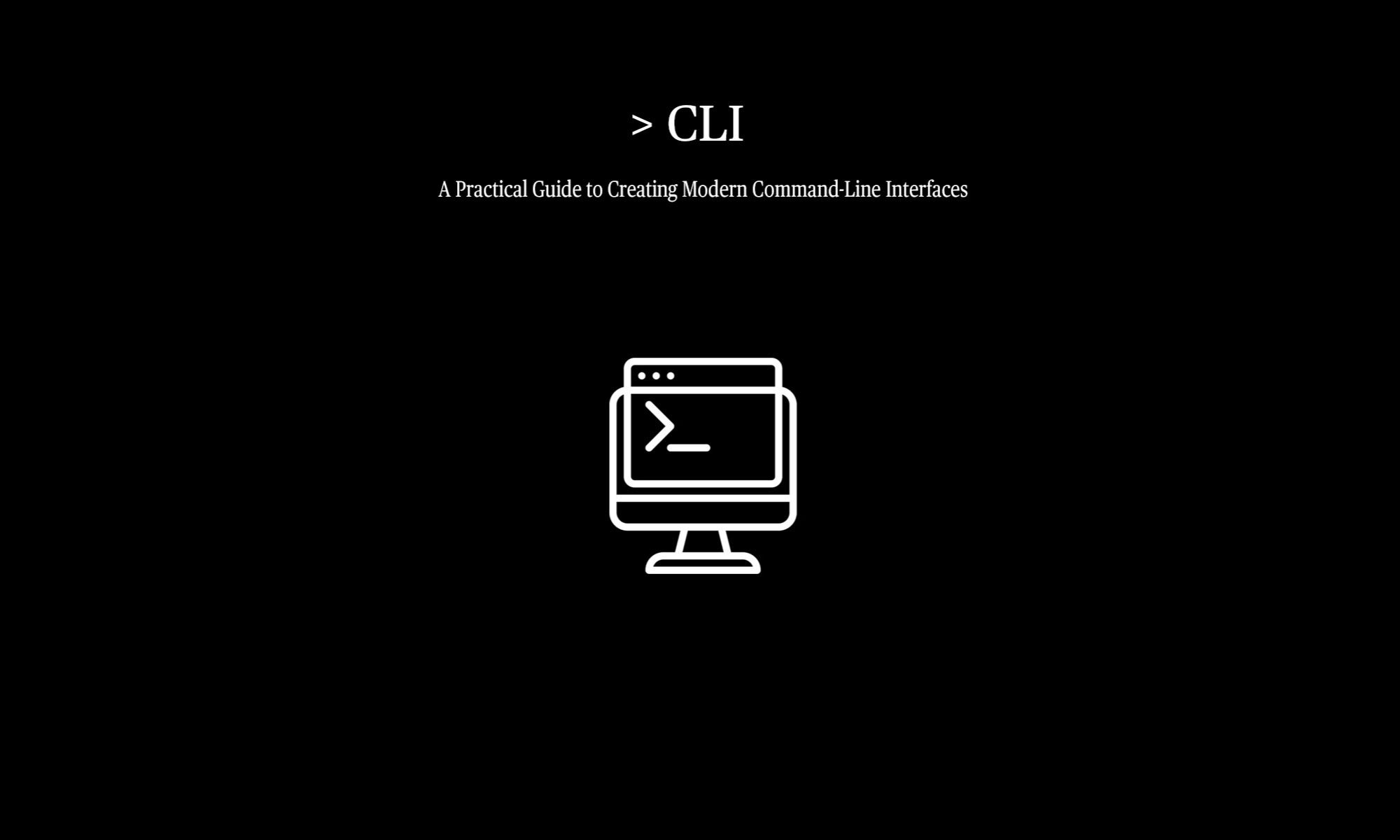Command-line interfaces (CLIs) have reemerged as a critical layer in modern software engineering—especially in automation-driven environments. Part 1 of CLI: A Modern Guide to Creating Command-Line Interfaces explores a range of programming languages for building CLIs, including Python, Rust, and Go. But among these, Go (or Golang) stands out for its unmatched blend of performance, simplicity, and developer experience. This page offers a deeper look at why Go is uniquely well-suited for CLI development in the real world.
Why CLI Teams Choose Go
When a company builds a command-line application, it’s often doing so to enable orchestration, automation, and platform extensibility at scale. These projects aren’t just side utilities—they are core touchpoints for developers, DevOps engineers, and enterprise systems. They need to be:
Go delivers on all of these needs.
It compiles to native binaries with the speed of C, yet includes a powerful runtime with goroutines, garbage collection, and thread management. Unlike virtual-machine-based languages like Java, Go achieves this performance with direct-to-assembly output—no VM required.
Go vs. Other Languages for CLI Development
Languages like Rust, Python, Java, and C++ all bring something to the CLI table. Python offers rapid prototyping. Rust offers strong memory guarantees. C and C++ offer raw performance. But Go strikes a rare balance:
In practice, Go lets CLI developers build clean, powerful command structures—often using an object command model that separates logic, flags, lifecycle hooks, and help output for maintainable modularity.
Born from System-Level Brilliance
Choosing Go for CLI development means standing on the shoulders of engineering giants. Robert Griesemer brought deep experience from Java’s virtual machine. Rob Pike and Ken Thompson brought decades of Unix and Plan 9 thinking into Go’s concurrency and toolchain architecture. That lineage shows in every Go CLI project that runs fast, compiles cleanly, and scales effortlessly.
CLI is a book dedicated to the craft of CLI development. While it features examples written in Go, it also explores the broader ecosystem of command-line design—including CLIs built in C, C++, PHP, Rust, and Python. For Go developers—or those curious about what makes Go such a fit for command-line development—this page is your deeper dive.
